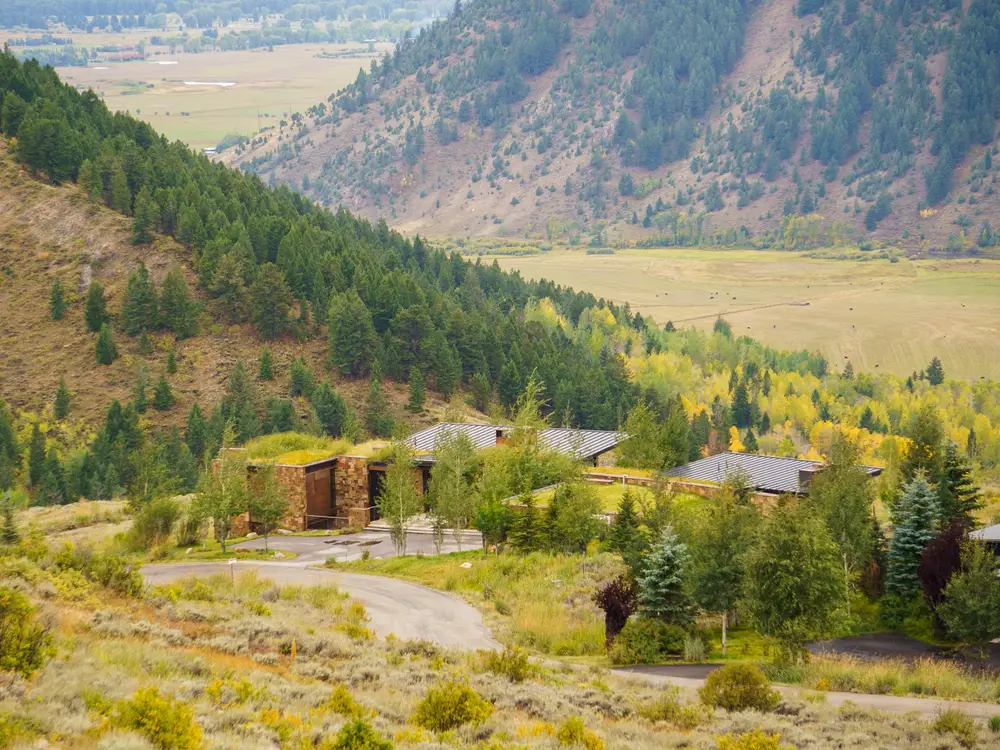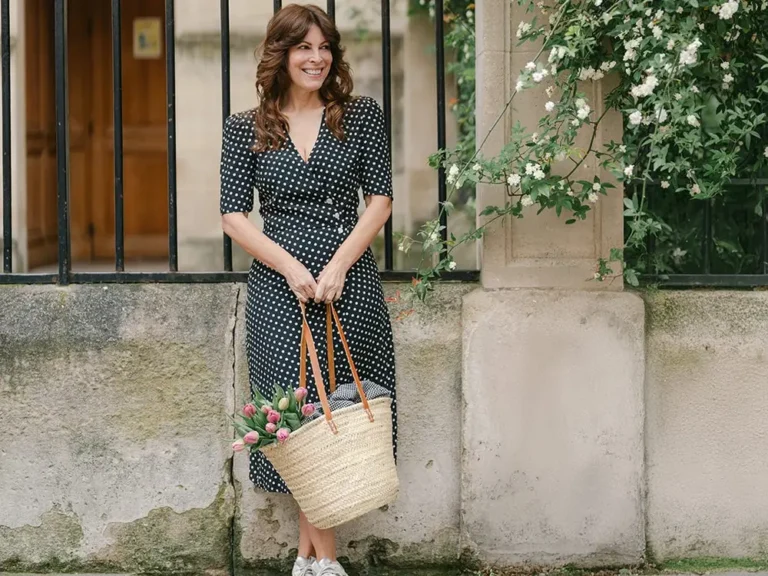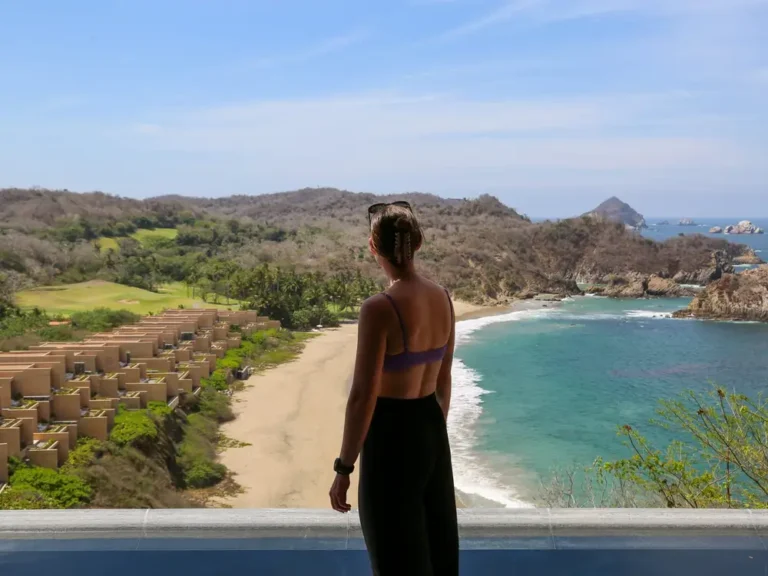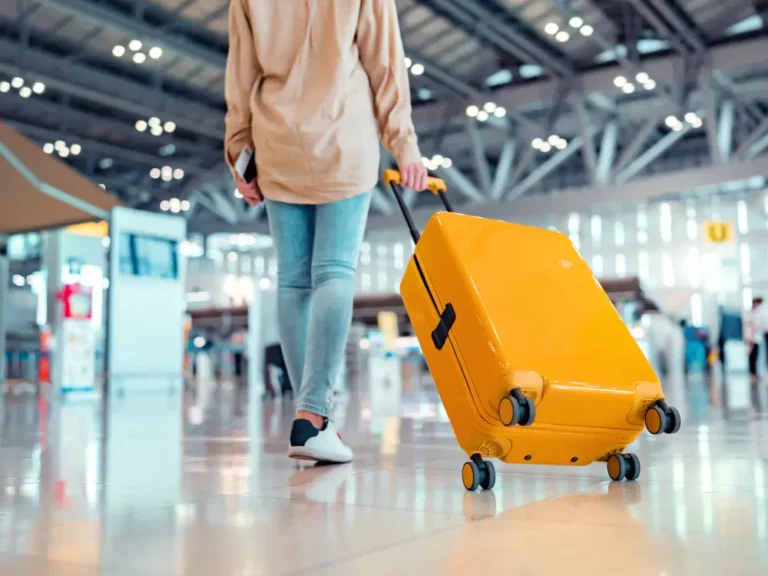I’m a New Yorker who visited Jackson Hole for the first time. 8 things surprised me.

B-17’s reporter visited Jackson Hole, Wyoming, for the first time and encountered a few surprises.
I grew up in the tri-state area, spent some years in Texas, and then moved back to the East Coast to start my life in New York City.
That was more than five years ago, and If I’ve learned anything about living in this gritty metropolis, it’s that sometimes you need a break.
Enter Jackson Hole, Wyoming — the 60-mile-long valley bordering Grand Teton National Park. This section of Teton County comprising the towns of Jackson, Teton Village, Wilson, and others, has fewer than 11,000 residents. The top 1% of those residents earn an average of $16 million a year — 132 times more than the rest — making Jackson Hole the most unequal place in the US in terms of income, according to the Economic Policy Institute.
It’s essentially a luxury mountain town where billionaires and celebrities like Kanye West and the Kardashians hide out from the fast-paced lifestyle dominating cities around the US.
I visited the Wyoming wealth enclave for the first time in September when I needed some time away from my bustling home city.
I got the nature getaway I expected but was surprised by many aspects of the region, from the luxe airport to the mansions in the mountains.
When I flew into Jackson Hole, the window view couldn’t have been more different from the one in New York.

A view of Grand Teton National Park from a plane.
Don’t get me wrong — I love landing at home. I appreciate being welcomed into my city with the lit-up skyscraper forest before stepping back into the streets.
But the views from my window as I approached Jackson Hole were a different kind of epic. I gazed at lush green valleys, rocky mountains, and cloud reflections on large bodies of water. Islets in the lakes looked like tiny states with their organic shapes.
I was approaching Grand Teton National Park, where Jackson Hole Airport (JAC) is located.
I couldn’t believe how luxurious the airport was.

Travelers enter Jackson Hole Airport.
JAC is one of the smallest and most luxurious airports in the country. After deplaning, I stepped into a sparkling clean terminal that looked more like an upscale ski lodge.
Designed to feel like a living room, the space had wooden ceilings, Douglas fir pillars, and a range of art pieces — from a steel mural map of the surrounding landscape to large cowboy sculptures and paintings of local wildlife.
Since I visited during shoulder season, I was surprised by the crowds in the downtown area.

The town square in Jackson.
About 15 minutes south of the airport is Downtown Jackson, the most developed area in Jackson Hole. I spotted a range of touristy shops, high-end boutiques, home decor stores, and plenty of restaurants and bars.
The area seems to cater to tourists with fun photo ops, like antler arches in the town square.
It’s safe to say millions of tourists visit Jackson Hole each year. According to the National Parks Service, Grand Teton and Yellowstone National Park had roughly 7.9 million visitors combined in 2023.
Jackson Hole is a popular place for national park visitors to crash, especially in winter and summer. That’s exactly why I visited in the fall, the destination’s shoulder season.
While it wasn’t nearly as crowded as Times Square in the wintertime, I was surprised to find streets busy with traffic and pedestrians in Jackson Hole — and most of the people on the street seemed to be tourists.
For example, I lingered near this arch for almost an hour to get an unobstructed photo, but tourists stood in front of it for their own photos, one after another. I ended up settling for some crowded shots.
It’s worth noting that I didn’t even go to the national parks, where I imagine many of the town’s overnight guests spend their days.
Local real-estate agent Sam Haack told B-17 that more travelers have been visiting during the offseason lately, leading to more traffic-filled months for locals in Jackson Hole.
“These offseasons used to be much longer,” Haack said. “But now that pricing for summer and winter hotel stays and restaurants has gone up so much, tourists are spilling over into the spring and fall for more affordable visits, cutting into locals’ recovery time from the peak seasons.”
I didn’t expect the least expensive homes on the market to be conveniently located downtown.

A home in downtown Jackson.
NYC’s most expensive neighborhoods are generally the most conveniently located to the hustle and bustle (which is why I live in Queens).
So, I was surprised that wasn’t the case in Jackson Hole. Most homes listed on Zillow for less than $1 million are in the downtown area.
Meanwhile, Haack told B-17 that the wealthiest residents often reside in more remote areas, where homes can cost $40 million or more, like Teton Village and Wilson.
“These two areas are popular due to their more quiet nature as well as being outside the now traffic-filled town of Jackson,” he added.
Just 15 minutes from downtown, I felt worlds away from civilization.

The Teton mountain range seen from the author’s hotel balcony.
In my home borough, Queens, the closest thing to a natural escape is Flushing Meadows, an 898-acre space with open fields, trails, and mini forests. In the middle, it can almost feel like you’re outside the city — as long as you close your ears.
But in Jackson Hole, a short drive from downtown can make you feel like you’re in the middle of nowhere.
On day one of my trip, I took a 15-minute cab from the downtown area to my first accommodation just north of it, the adults-only Hotel Yellowstone. The luxury resort sits on a hill with wide views of the Tetons and Snake River Valley.
As soon as I stepped out of the car, I felt at peace. It was silent, save for the wind through the trees and the chirping birds. I thought I’d hear a highway at the very least, but no, this place was serene.
That night on my balcony, I watched the sunset over the Tetons and didn’t listen to music as I normally would. Instead, I appreciated the sounds of nature and nothing else — a luxury I can’t replicate at home.
After my first night, I was shocked to see a moose out the window while eating breakfast.

A moose at the author’s hotel in Jackson Hole.
The most surprising part of my trip popped up on the morning of day two. I sat at a small table next to the floor-to-ceiling windows at Hotel Yellowstone’s restaurant, Olivia’s.
Amid sipping my coffee and scarfing down steel-cut oats, I froze — a moose was walking along the property, and he couldn’t have been more than 10 feet from my window.
As a New Yorker, my typical wildlife sightings consist of rats, squirrels, and raccoons. So, I stared at the creature in awe. It was like being at a zoo without the guilt of seeing caged animals as entertainment.
The moose surprised me, but not my server, who said the animal is a “regular” and often swims in the pond and rolls in flower beds in the center of the property.
I was amazed that this majestic, wild creature could be so comfortable in a human space. But perhaps it’s because I was at a calm establishment far from urban chaos.
Unlike New York, luxury homes in Jackson Hole are short and wide.

A vacation home in Jackson Hole.
The wealthiest New Yorkers tower over 100 stories above the streets in glass skyscrapers.
But Jackson Hole’s millionaires spread out ranch-style on several acres of land, as most buildings can’t exceed three stories, according to the Town of Jackson.
I spent two hours in one of these mansions, a vacation home worth more than $10 million available for co-ownership through Pacaso. The luxury house made up for its short size with thoughtful use of horizontal space. A modern water feature flowed down a three-tiered patio stretching from one side of the home to the other.
Inside, a long hallway led to the bedrooms — each had floor-to-ceiling windows and doors to the long patio.
Upstairs, I appreciated the gigantic open-floor-plan kitchen and living space.
Nature seemed to flow seamlessly into luxury interior spaces.

The living room inside the vacation home.
During my trip, I explored three interior spaces that epitomized luxury — Hotel Yellowstone, the vacation home, and a five-bedroom penthouse suite at the Four Seasons Jackson Hole, with a starting rate of $11,000 a night in the peak season.
The top-tier establishments were all unique in their own right, but they had one thing in common — an interior design style inspired by the natural landscapes just outside.
Representatives and designers from all three spaces told B-17 that they incorporated natural elements — a trend known as biophilic design — so that guests and owners are reminded of their American Western environment at every turn.
The vacation home had tree trunk tables, mineral sculptures, and benches topped with fur hides. Floor lamps at Hotel Yellowstone were handmade to look like moose antlers. Western artists’ paintings of landscapes and wildlife decorated the halls of the Four Seasons penthouse.
Meanwhile, interior spaces I’ve seen in New York have had mostly minimal, midcentury modern styles.
Jackson Hole is a place where you can experience nature without sacrificing luxury. For a New Yorker like me, it was the perfect escape.

The author enjoys her trip to Jackson Hole.
Jackson Hole felt like the complete opposite of New York, from the housing to the landscapes. And that’s exactly why I enjoyed it.
There was a sense of peace up in the mountains that I didn’t anticipate. I escaped the highway noise without even hiking a trail. I saw a moose without even going outside.
I knew I’d get nature in Jackson Hole, but I didn’t expect such an intimate experience without any outdoorsy activities on my itinerary.
So, I know I’ll return one day to kick back, relax, and let nature come to me.





